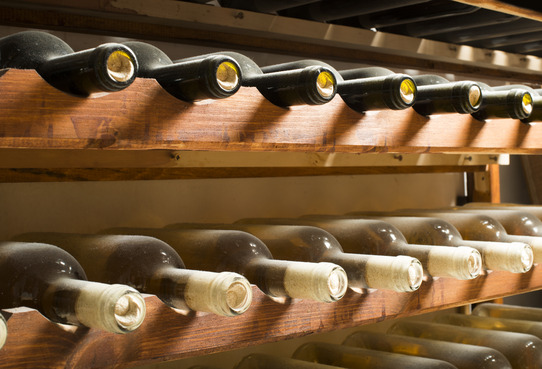
AGING POTENTIAL OF WINES; HAZARDOUS PREDICTIONS
Of all the intimidating mysteries in the wine world, the aging potential of given wines is up there at the top. To be sure, for a vast majority of wine lovers this is a non-issue. Most wine is consumed within less than an hour of purchase. But us wine geeks – all right, let’s call ourselves collectors – obsessively grapple with this subject.
How long do we cellar a given bottle? When do we know it has reached its peak? How do we tell what vintages are more age-worthy than others?
First there are the basics. Certain wines are known to be age-worthy, Bordeaux reds for example, or Barolo from Northern Italy, or the grand Rieslings from Germany. Others are not. This includes a vast majority of wine produced in the world.
Many think so. They often base their predictions on another set of basics. In red wines fruit and tannin content act as fuel for the aging process, while alcohol and acidity act as preservatives. Thus one looks for well balanced wines that contain ample amount of these ingredients. White wines are more tricky, less apt to age for long periods. They lack tannin. Fruitiness and especially acidity are key elements that help predict their aging potential.
Nevertheless, aging prediction is an inexact art that can make even the most renown experts look foolish. Take the famed 1982 vintage of Bordeaux, one of the best of the Twentieth Century along with 1929, 1945, 1959 and 1961. When initially assessed, it fooled some pretty lofty names.
As the premiere cellar-worthy wines in the world, Bordeaux reds are subjected to more vintage scrutiny than most, especially since there can be wide fluctuations of quality from year to year depending on weather and growing conditions. The price of Bordeaux wines is strongly tied to the reputation of a given vintage. The process of assessing the vintage begins in the barrel, various pundits visiting the region in this early stage and forming opinions based on tasting the immature wine.
In 1982 a certain Robert Finigan was a top wine critic. British born, Harvard educated and residing near Napa in San Francisco, Finigan published a bi-monthly news letter entitled Robert Finigan’s Private Guide to Wines. He became renown when he accurately dismissed a much ballyhooed 1969 Bordeaux vintage as being inferior after sampling them from the barrel. He was right.
As I enter my third decade of wine collecting, I realize that aging prediction is not for the faint of heart. Some wines will live up to their potential and reward with sublime smells and flavors that make the entire endeavor worth while. Others however will prematurely die or present with defects that exaggerate with age, cork, Brett, oxidation. Most infuriating, wines that previously aged well will no longer do so because of a new owner or winemaker or a change in style.




















